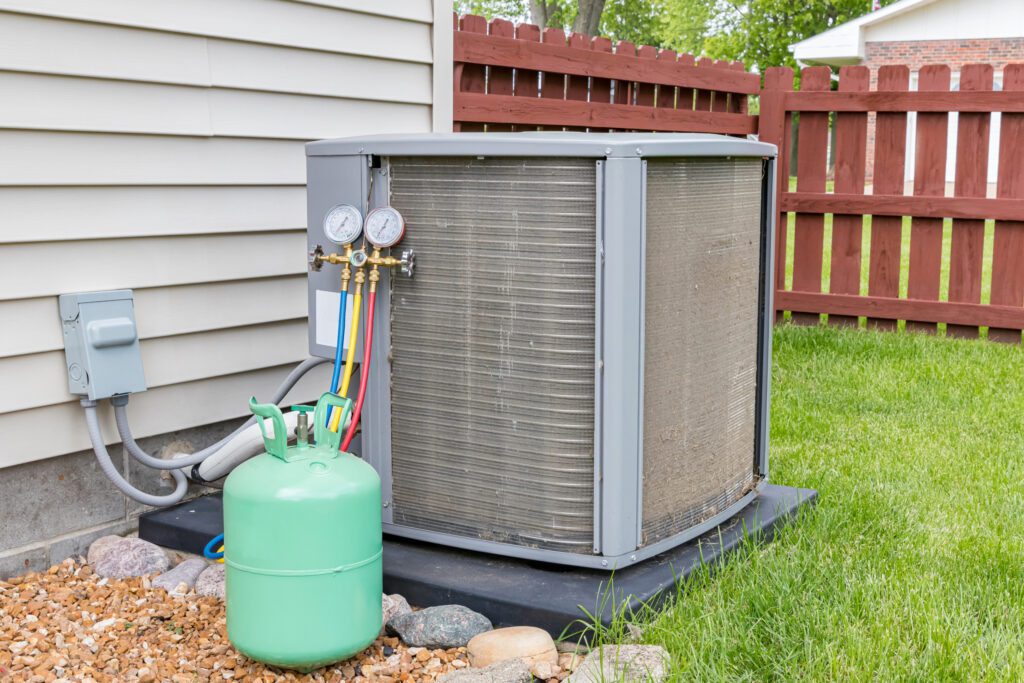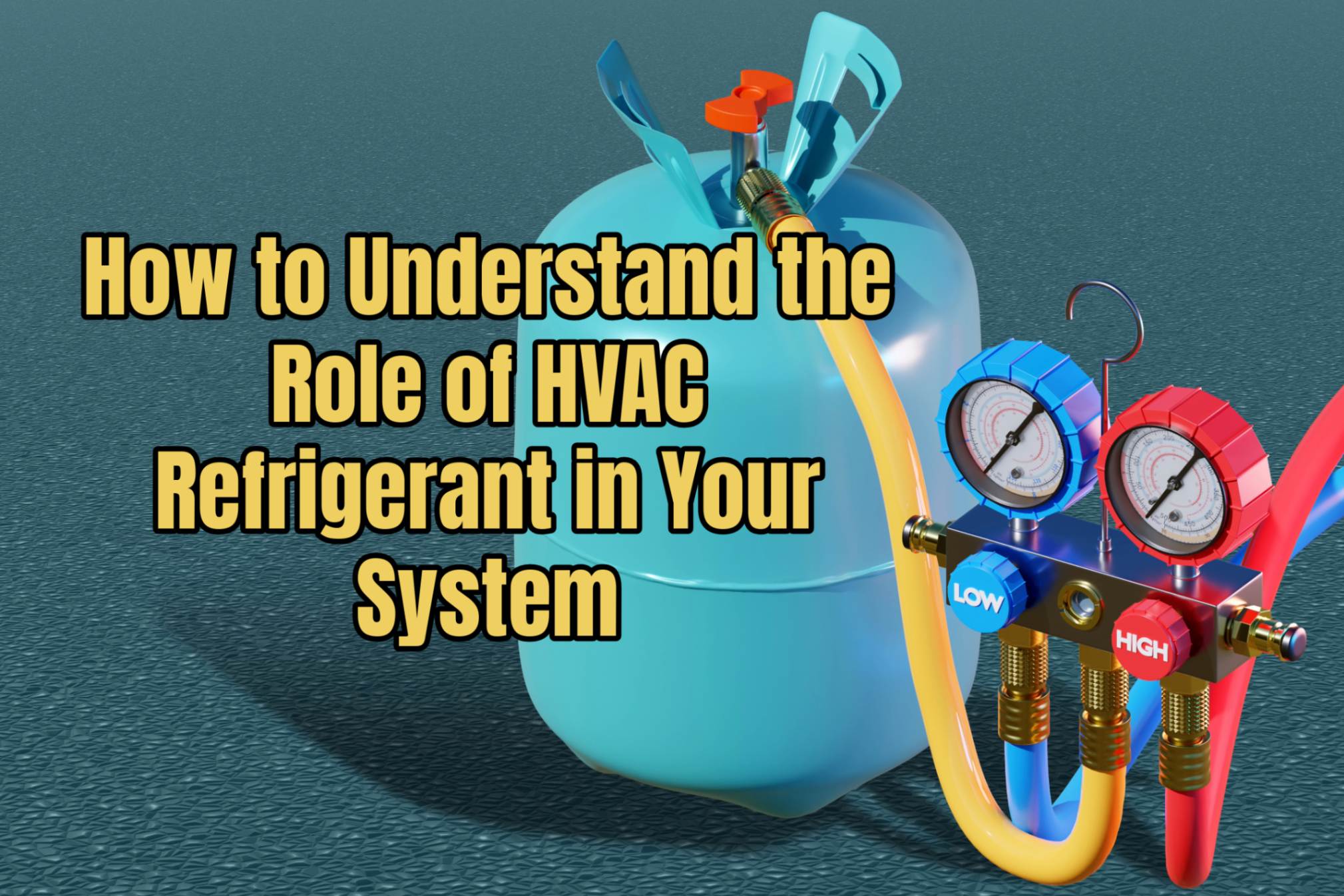In the realm of the HVAC world, HVAC refrigerants play a fundamental role in ensuring efficient temperature regulation. That means, as a homeowner, understanding them is crucial. Refrigerants are vital for the effective functioning of HVAC systems, as they enable the crucial heat exchange processes that maintain comfort in our homes and offices throughout the year.
As technology and environmental standards evolve, so do the types of refrigerants used in HVAC systems. With newer options designed to be more efficient and environmentally friendly, understanding the basics of refrigerants helps homeowners make informed choices—whether upgrading existing units or installing new systems. This knowledge not only empowers you to maintain comfort in your home but also ensures you’re staying ahead of regulatory changes and maximizing energy savings.
What Exactly is HVAC Refrigerant?
Refrigerant is a specially engineered fluid known for its ability to transition easily between liquid and gas states. This unique characteristic enables it to efficiently absorb, transport, and release heat within HVAC units. Put simply, HVAC refrigerants act as the backbone of HVAC systems, facilitating both cooling and heating processes.

The Role of HVAC Refrigerant in HVAC Systems
An HVAC system primarily functions by extracting heat from a building’s interior and releasing it outside. HVAC refrigerants facilitate this cycle by flowing through a network of coils and compressors:
1. Heat Absorption:
– Inside the building, refrigerants absorb heat from the air, causing the refrigerant to evaporate into a gaseous form within the evaporator coils.
2. Compression:
– The gaseous refrigerant then moves to the compressor, where both its pressure and temperature are elevated. This is crucial for transferring heat efficiently to the exterior.
3. Heat Release:
– On reaching the condenser coils outside, the refrigerant releases the absorbed heat, transitions back to a liquid state, and is ready to begin the cycle anew.
Types of HVAC Refrigerants
Over time, the refrigerants used in HVAC systems have evolved, primarily driven by environmental regulations. Here’s a glimpse at some of the common types:
– R-22 (Freon): While once widely used, R-22 is being phased out due to its ozone-depleting effects. It’s increasingly being replaced in existing systems as it’s no longer used in new installations.
– R-410A (Puron): As a popular refrigerant in modern high-efficiency systems, R-410A is free of chlorine, which makes it more environmentally friendly.
– R-32 (Difluoromethane): R-32 is a newer refrigerant that is replacing R-410A because it is better for the environment and more energy-efficient.
With environmental regulations becoming more stringent, the HVAC industry is heading towards more sustainable practices, which, of course, is great for our environment!
Furthermore, it’s important to note that with an increasing emphasis on sustainability, the HVAC industry continues to innovate, focusing on refrigerants that minimize both global warming and ozone depletion.
Importance of Proper HVAC Refrigerant Handling
The handling of refrigerants demands expertise and compliance with regulatory standards. Improper handling can lead to equipment damage and environmental harm. It is crucial to adhere to local and international regulations for the responsible use, servicing, and disposal of refrigerants, thus preventing unauthorized releases into the atmosphere.
The good news is that at Loveland Heating & Air, our HVAC technicians are Nate-certified and have extensive training and years of accumulated experience.

At Loveland Heating & Air, we are dedicated to keeping you informed about the latest HVAC technologies and trends. Whether you’re upgrading your system or ensuring compliance with industry standards, knowledgeable HVAC practices—especially those involving refrigerants—are key to maintaining efficient and long-lasting heating and cooling solutions.
For expert advice and assistance with your HVAC needs, don’t hesitate to contact our team. You can call Loveland Heating & Air today at (513) 216-5913 or schedule an appointment online now by clicking here!
While you wait for your technician to arrive and get your AC back up and running, read our tips here on how to stay cool in the meantime.





